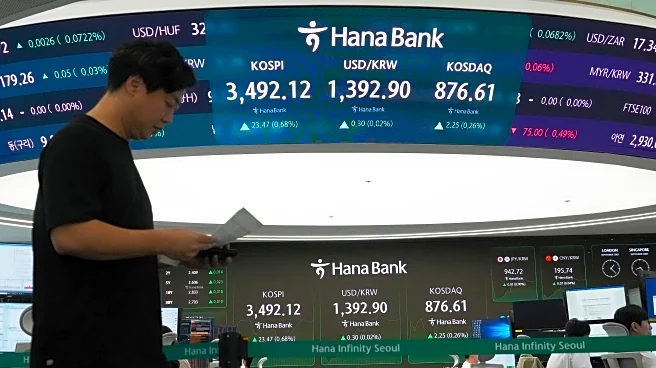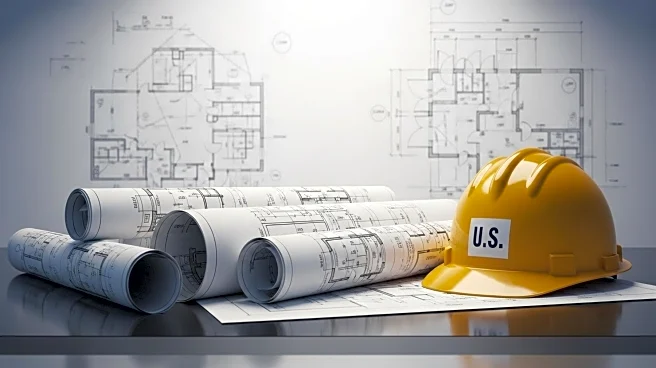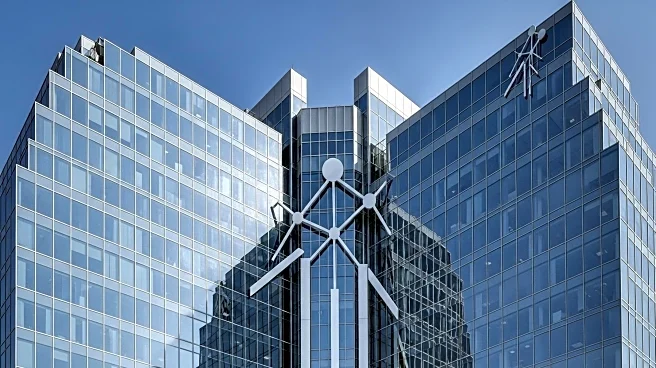What's Happening?
Developers in the U.S. are facing significant challenges due to the unpredictable nature of tariffs imposed by the Trump administration. The tariffs, which have been applied and removed with little notice, affect key building materials such as steel, aluminum, copper, and lumber. This unpredictability has made it difficult for construction industry leaders to forecast prices, secure financing, and initiate new projects. The tariffs have led to increased costs, which developers have attempted to mitigate by stockpiling inventory. However, these measures are temporary, and the long-term impact is expected to result in higher rents and housing costs. The administration argues that tariffs encourage domestic sourcing and manufacturing, boosting job creation and tax collections. Despite these claims, the construction industry remains concerned about the chaos and uncertainty caused by the tariffs.
Why It's Important?
The ongoing tariff situation has broader implications for the U.S. economy, particularly in the construction sector. The uncertainty surrounding tariffs can lead to stalled projects and increased costs, affecting housing availability and affordability. Developers are already facing challenges due to high interest rates and elevated borrowing costs, and tariffs add another layer of complexity. The construction industry is crucial for economic growth, and disruptions in this sector can have ripple effects across other industries. The tariffs may encourage domestic production, but they also risk reducing profit margins for developers, potentially leading to fewer new projects and exacerbating the housing shortage.
What's Next?
The Trump administration has requested the U.S. Supreme Court to review a federal appellate court ruling that deemed the use of federal emergency powers to impose tariffs illegal. The outcome of this review could have significant implications for the future of tariffs and their impact on the construction industry. Developers and industry leaders are closely monitoring the situation, hoping for more stable and predictable tariff policies. Additionally, the Federal Reserve's recent interest rate cut may provide some relief, but further cuts are anticipated to help ease financing challenges. The construction industry is preparing for potential price increases from domestic producers as they adjust to the new tariff landscape.
Beyond the Headlines
The tariff situation highlights the complex interplay between trade policies and domestic economic conditions. While tariffs aim to protect domestic industries, they can inadvertently create barriers for sectors reliant on imported materials. The construction industry's struggle with tariffs underscores the need for balanced trade policies that consider the diverse needs of different economic stakeholders. The situation also raises questions about the long-term sustainability of relying on tariffs as a tool for economic protectionism, especially in a globalized economy where supply chains are interconnected.












